All-out thaw: can India and China unfreeze icy ties at last?
Trump, trade wars and geopolitics are nudging Delhi and Beijing closer together – despite a record trade deficit and lingering border row
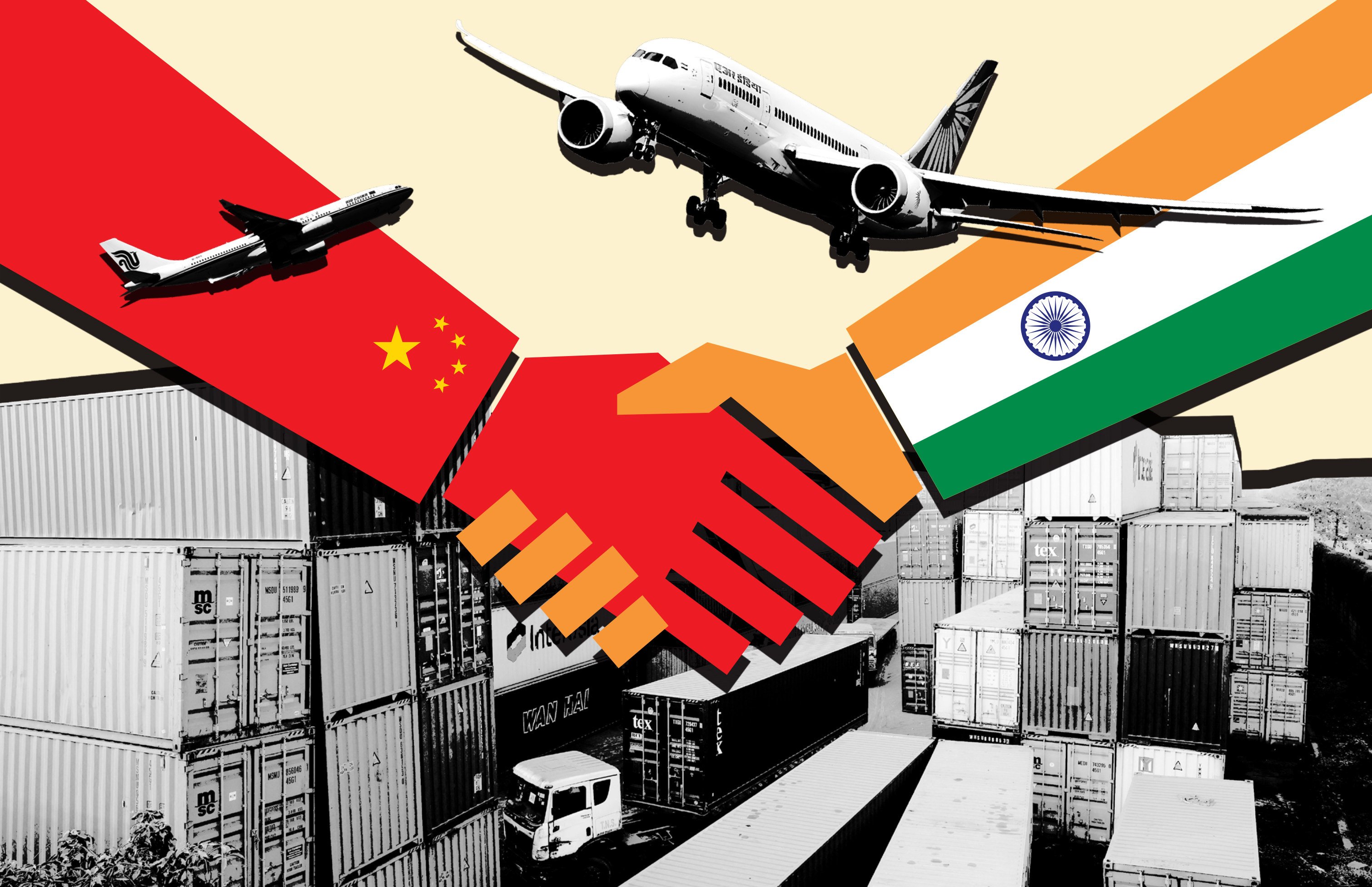
When Indian pilgrims set foot in Tibet again this summer, their arrival heralded a new beginning for India and China, five years after a deadly Himalayan clash plunged the two bitter rivals into a diplomatic deep freeze.
But with the machinery of engagement whirring once more amid flaring global trade wars and shifting strategic alliances, hopes have sprung anew that Asia’s two largest economies might finally move past the years of suspicion and silence.
Late last month, New Delhi resumed issuing visas to Chinese citizens across a number of categories in a gesture welcomed by Beijing as a “positive move”. The decision came just weeks after China began allowing Indian pilgrims to return to the Tibet autonomous region, ending a pause imposed during the pandemic amid heightened border tensions.
There is great potential, but they really need to work on the trust deficitYashwant Deshmukh, Indian political analyst
Direct flights between the two countries, suspended since the Covid era, are also expected to resume imminently. These initial measures could pave the way for deeper cooperation, experts say, injecting fresh dynamism into a relationship long held hostage by mistrust.
“If they can get their act together, they have more common things to work upon,” said Yashwant Deshmukh, independent political analyst and founder of Indian pollster C-Voter. “There is great potential, but they really need to work on the trust deficit.”
Deshmukh warned that the “400-pound gorilla in the room” – their disputed Himalayan border – remained unresolved. “It is something they need to sit together and just get over with,” he said, noting that for centuries, the two civilisations had largely coexisted peacefully.
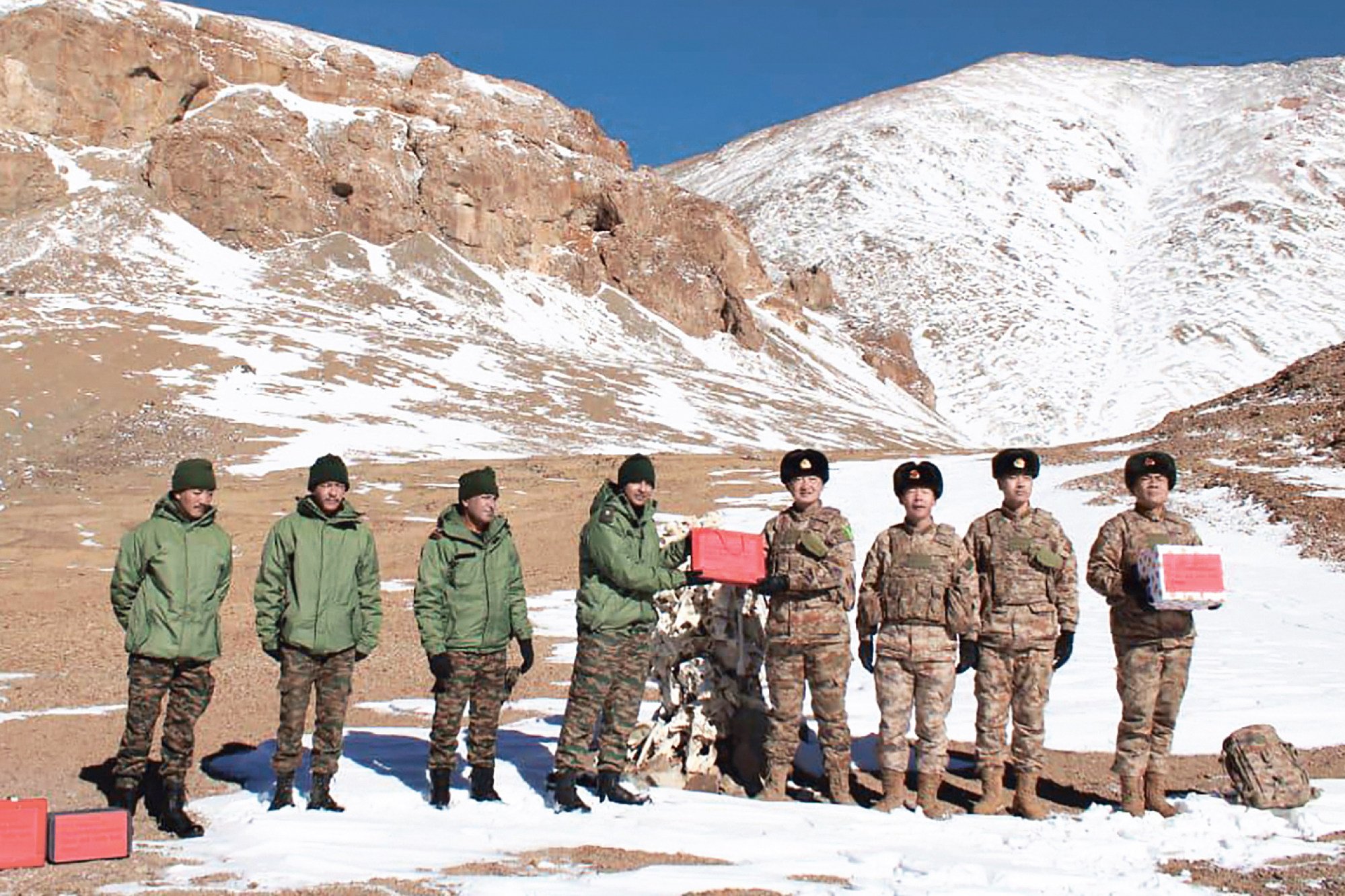
War and peace
India and China share a vast, undemarcated frontier snaking through the Himalayas. Since a brief but bitter war in 1962, an unofficial Line of Actual Control has served as an uneasy boundary.
Flare-ups have erupted periodically, most notably in June 2020 in the Galwan Valley, when at least 20 Indian and four Chinese soldiers were killed, resulting in a nadir in modern relations.
Since then, both sides have groped for a way forward. A breakthrough came late last year, when Beijing and Delhi agreed to a phased troop disengagement and new patrolling protocols. Indian National Security Adviser Ajit Doval’s meeting with Chinese Foreign Minister Wang Yi in Beijing last December signalled an intent to reset ties. That momentum gained pace last month, when Indian External Affairs Minister S. Jaishankar visited Beijing for talks, yielding promises of more people-to-people exchanges.
The diplomatic thaw is now feeding economic hopes. Last weekend, Indian Finance Minister Nirmala Sitharaman noted “some kind of beginning” in a revival of business relations. “How far it will go is something we will have to wait and see,” she said.
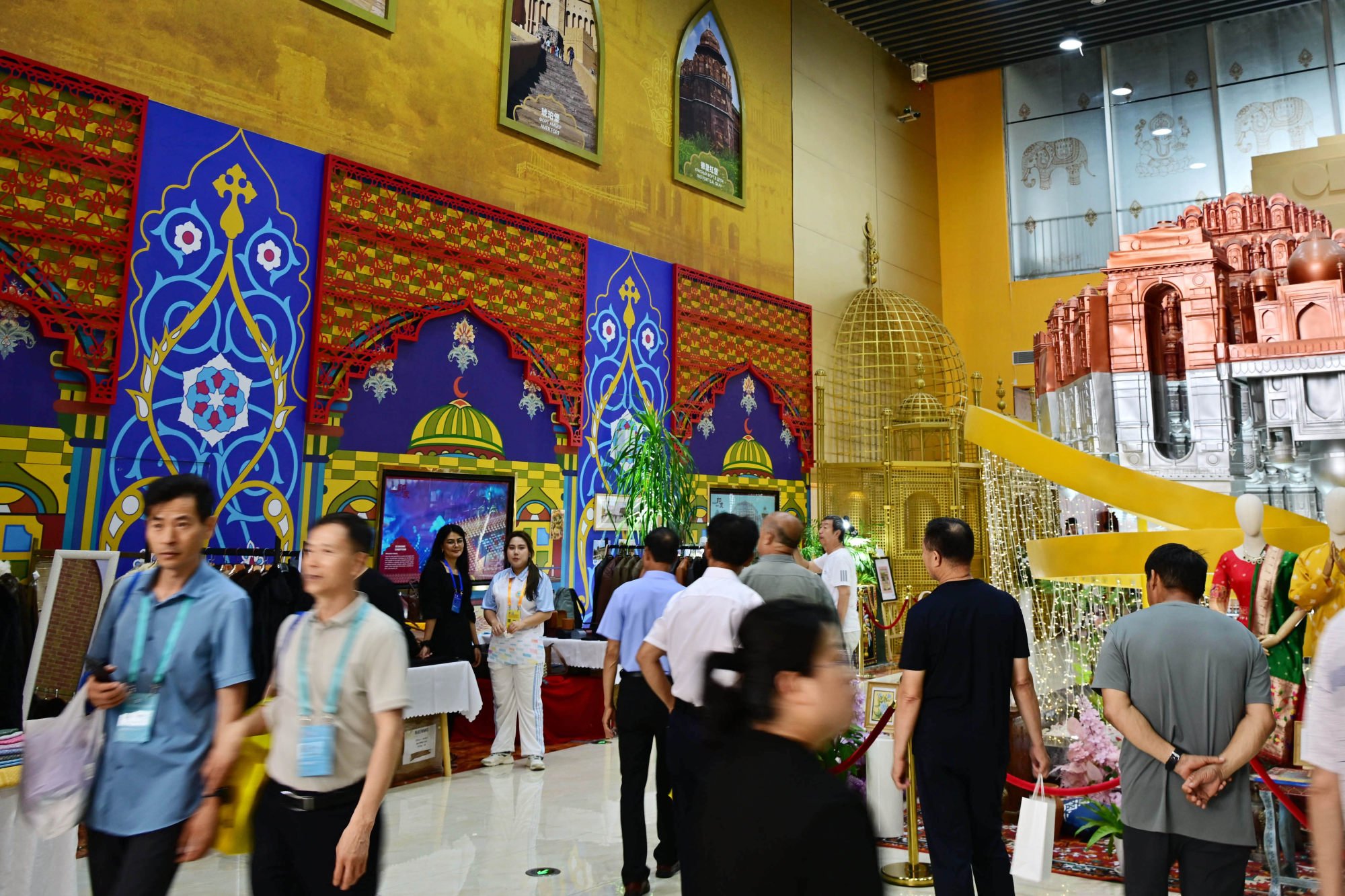
“We need more access and we need to have a lot more interaction, and possibly open some windows” Sitharaman said. “And that’s not just from our side – even the Chinese have been approaching us.”
Anticipation is building ahead of Prime Minister Narendra Modi’s expected attendance at the Shanghai Cooperation Organisation summit in Tianjin from August 31, his first visit to China since 2018.
Analysts suggest that shifting global headwinds are nudging India and China closer together, even as the United States turns up the heat. In a move that sent shock waves through Delhi, Washington imposed a 25 per cent tariff on Indian goods on Wednesday, citing “significant trade barriers” and India’s continued purchase of Russian oil and arms.
The Federation of Indian Chambers of Commerce and Industry expressed “disappointment” but voiced hope that the tariffs would be temporary. China, meanwhile, has also been holding talks with US trade officials, as the August 12 expiration of a mutual pause on tariffs fast approaches.
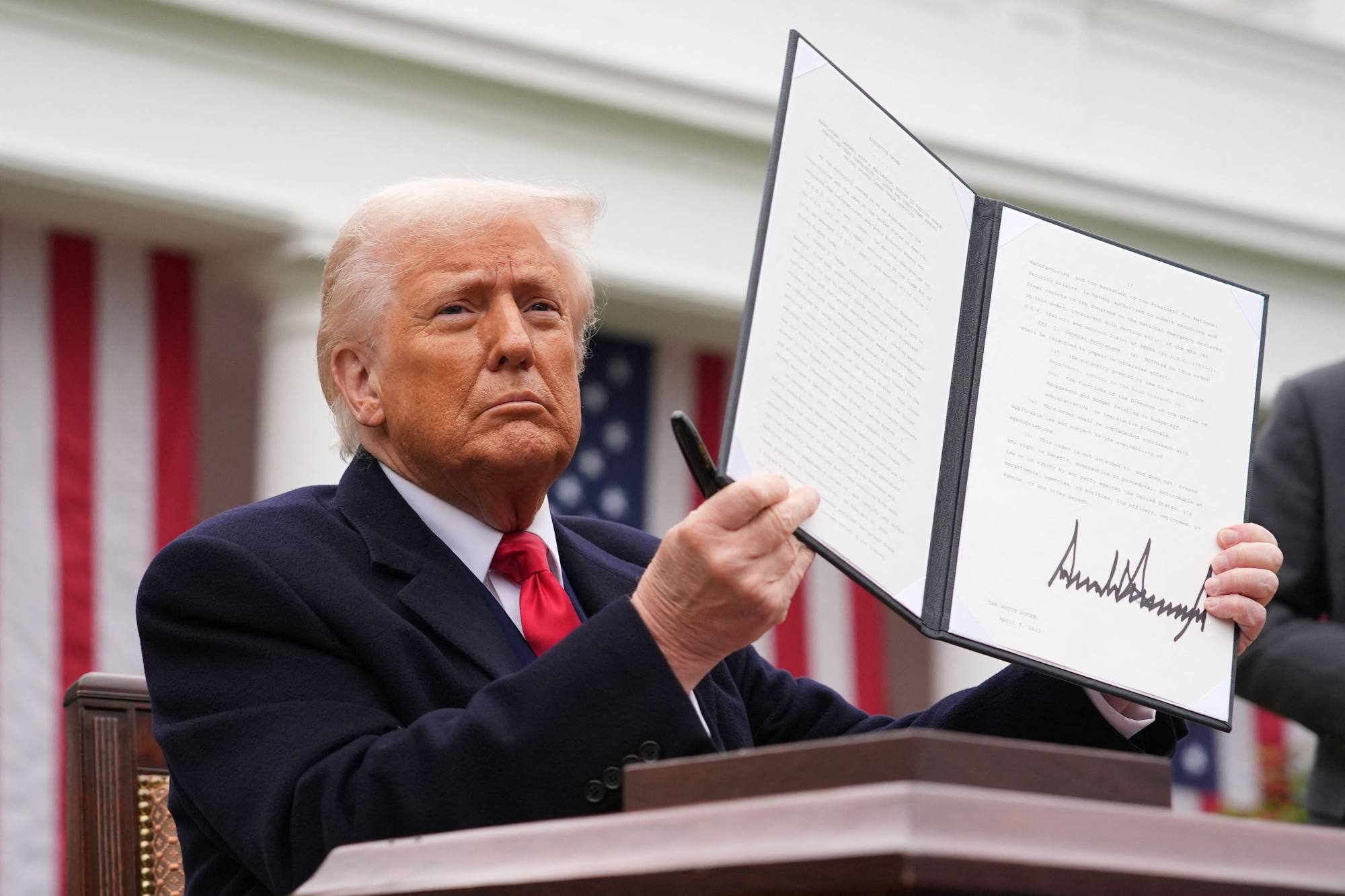
“Both India and China share common concerns emanating from American protectionist policies – something that impacts their national interest,” Srikumar Menon, a former Indian ambassador and retired career diplomat, told This Week in Asia.
Trump’s tariff stance could dramatically change trade equations in South Asia, according to Biswajit Dhar, an economics professor at the Council for Social Development in Delhi. He said that the US president offering to jointly develop oil reserves with Pakistan – followed by a suggestion that Islamabad might “some day” sell oil to India – had created “a new dynamic”.
Unhandled type: inline-plus-widget {“type”:”inline-plus-widget”}
“I think he has pushed India and China closer together,” Dhar said, arguing that US protectionism was a common concern for both Delhi and Beijing.
Delhi has repeatedly rejected Trump’s claims that he brokered a ceasefire between it and Islamabad following their brief armed conflict in May, with officials saying that India had not responded to pressure from anyone.
The US president has further ruffled feathers in Delhi with his demands for greater market access. “The demands he has been making for access to India’s agriculture sector is a strict no for the country,” Dhar said, highlighting a key irritant in any future trade deal with Washington.
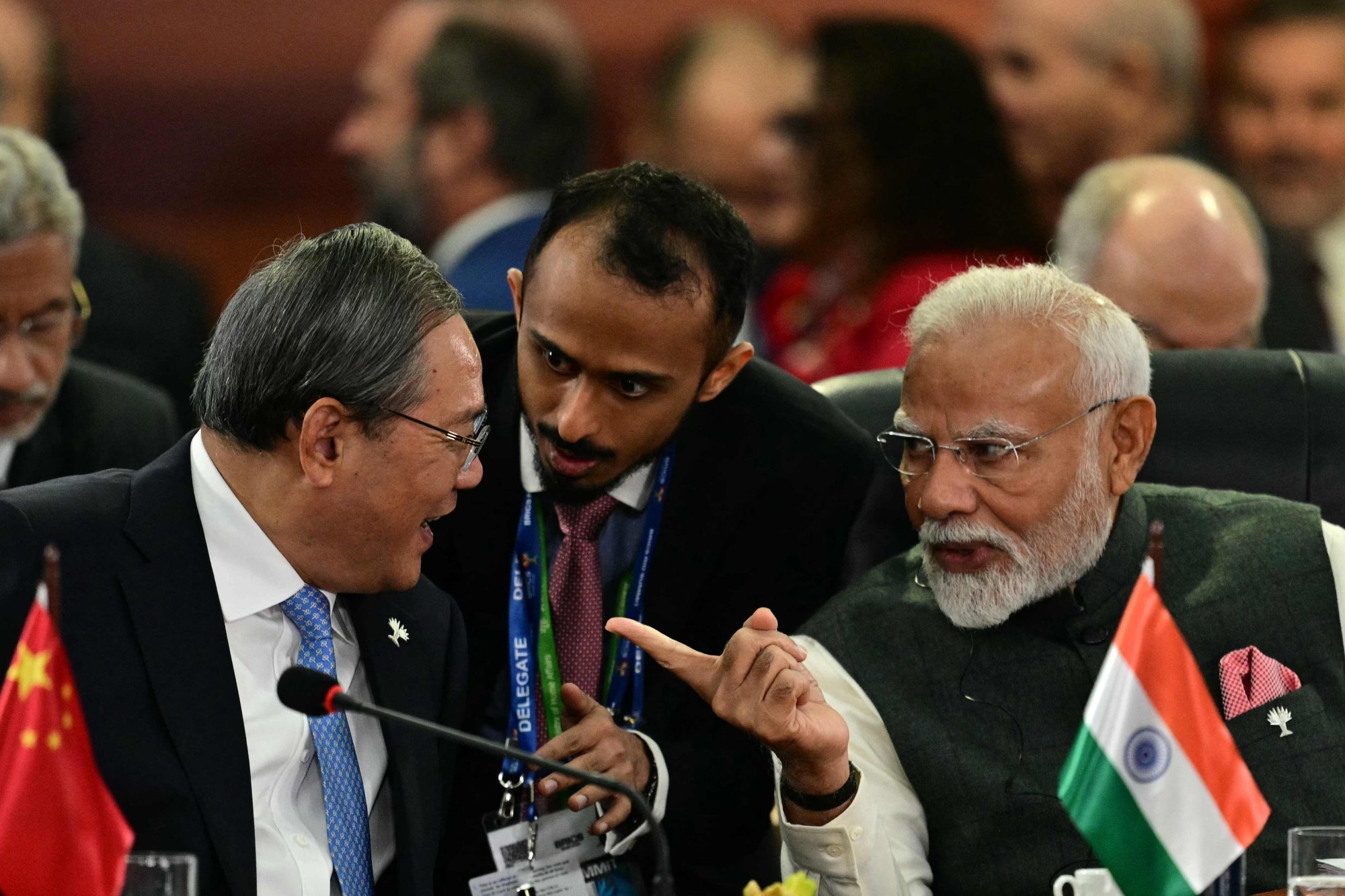
Balancing the deficit
Despite both being economic powerhouses, the trade relationship between the two Asian giants remains lopsided. India’s bilateral trade with China reached US$127.7 billion in the 2024–25 financial year, making China its second-largest trading partner after the US.
But India’s trade deficit with its neighbour to the north also hit a record US$99.2 billion, as Indian exports to China fell and imports surged.
“Though bilateral trade is heavily skewed in favour of China, with Indian exports to China valued at only 10 per cent of Chinese imports to India, there is potential for Indian companies to leverage the inherent demand in China’s import market,” said Menon, the former ambassador.
“The two sides could focus on non-strategic areas, mutually leveraging the obvious economic benefits emanating from a stronger and more structured B2B [business-to-business] engagement.”
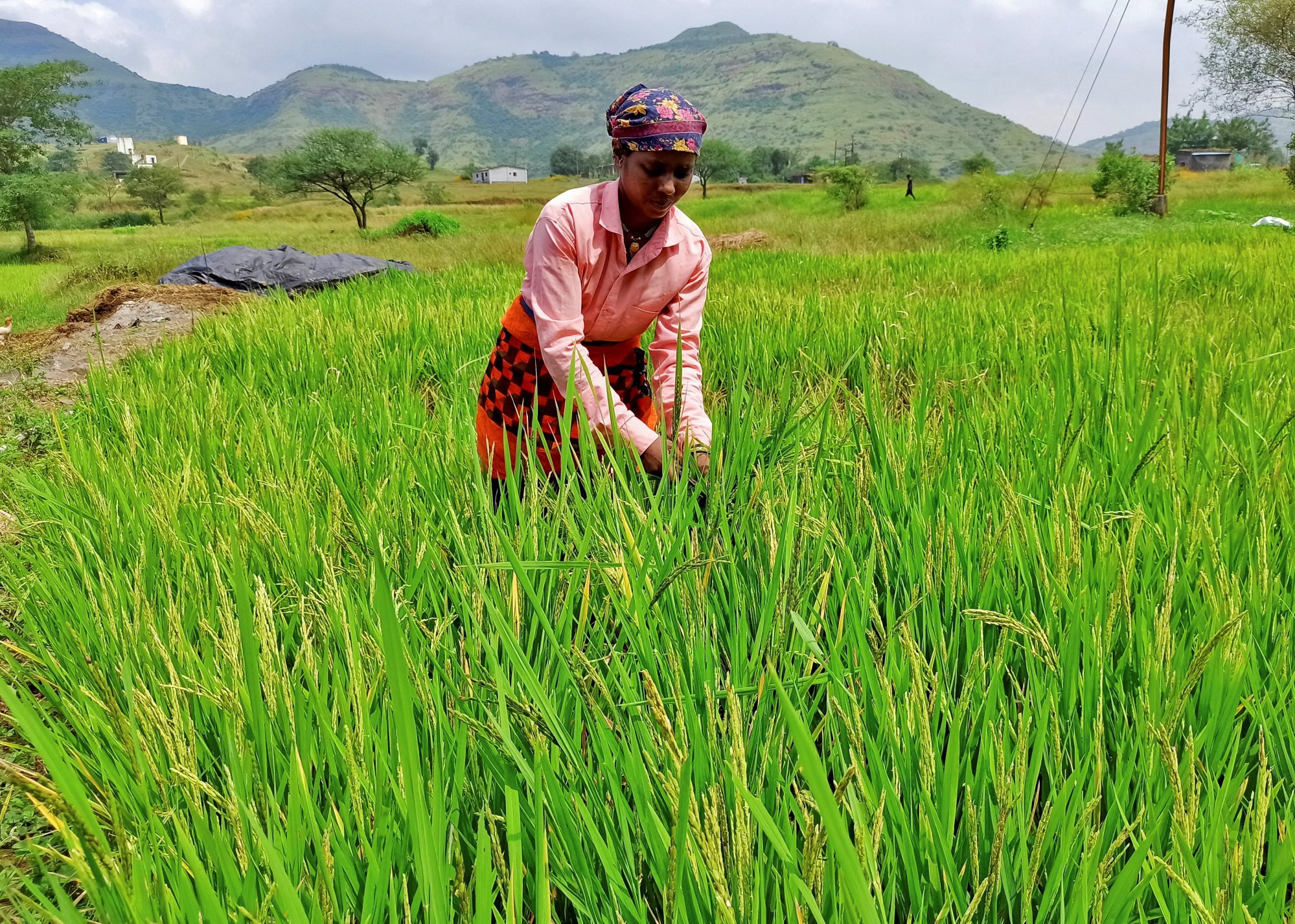
India’s consumer market is projected to grow by 46 per cent to US$4.3 trillion by 2030, according to the government’s India Brand Equity Foundation.
China is seen as a cost-effective supplier for India’s burgeoning middle class, providing everything from electronics and EV batteries to industrial machinery. In turn, China’s appetite for Indian rice, spices, and oilseeds is also rising.
Trade experts caution, however, that India’s ballooning deficit must be addressed if relations are to deepen. “The concern on the Indian side is the imbalance,” said economist Amitendu Palit, a senior research fellow at the National University of Singapore’s Institute of South Asian Studies. “For most regional economies, China is a net exporter and India is not an exception.”
The issue for Indian exporters who want to sell to China is often non-tariff barriers such as inspection protocols and language hurdles. “When you speak of issues of quality standards, these are not very easy to overcome, especially as most of the instructions are produced in Mandarin and many Indian exporters are not able to understand that,” Palit said.
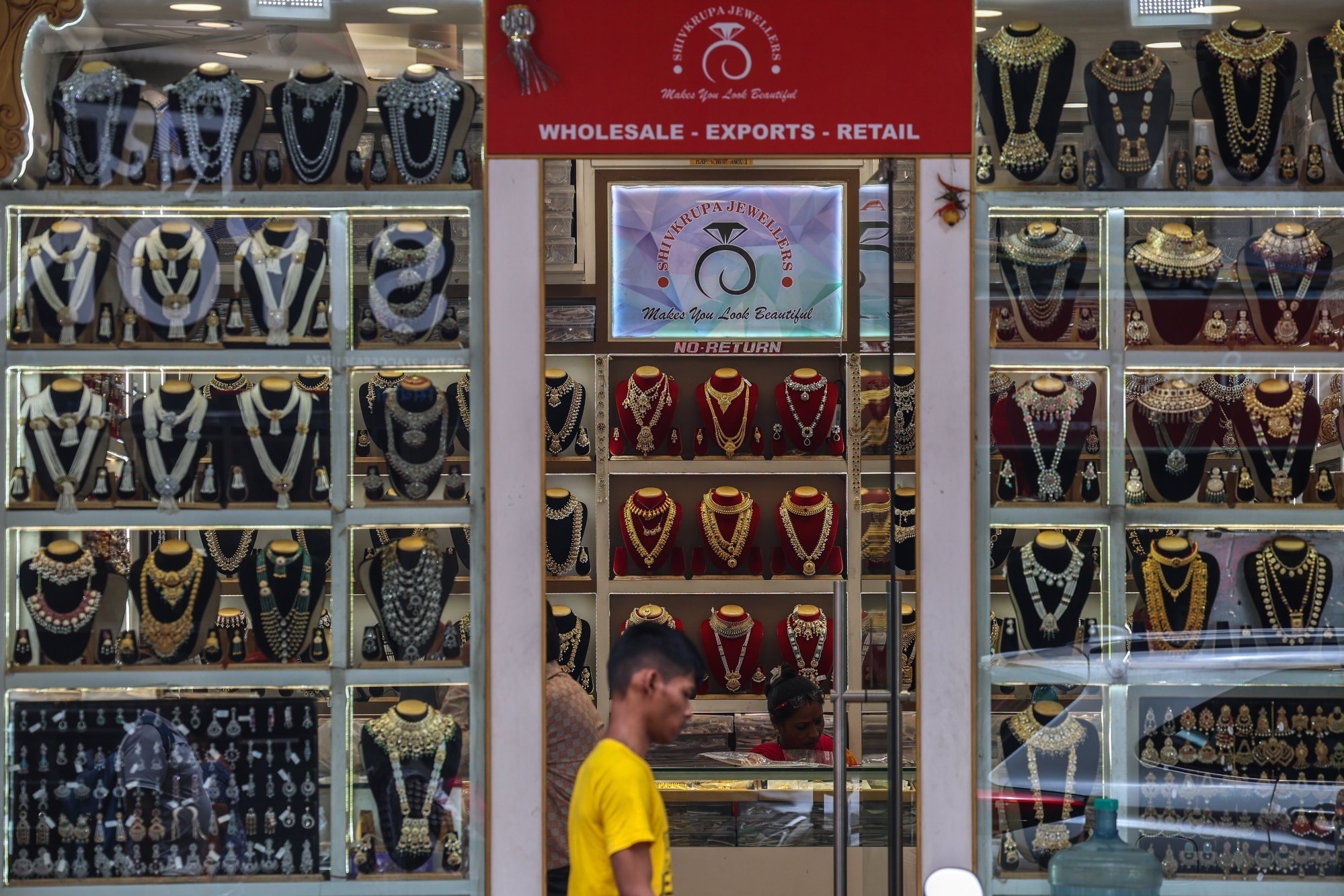
Typical Indian exports such as leather, gems, jewellery and refined petroleum might not be easy to sell to China, he said, because it has its own production and also imports from Southeast Asia. Yet Palit noted that there was scope for synergy in services, pairing Chinese strengths in transport and travel with India’s digital and computing expertise.
Last year’s annual economic survey by the Indian government signalled a rethink, suggesting that the country’s firms could source cheaper imports by partnering with Chinese suppliers that were already well integrated into global supply chains.
But not all Chinese investment is viewed as benign. Some investments pose “the risk of security breaches”, Palit said, citing the exclusion of Huawei from India’s 5G auctions and restrictions on Chinese EV makers.
“The problem in this rationale is that all Chinese investments are not so-called clean investments because there are some investments that can have security implications,” he said.
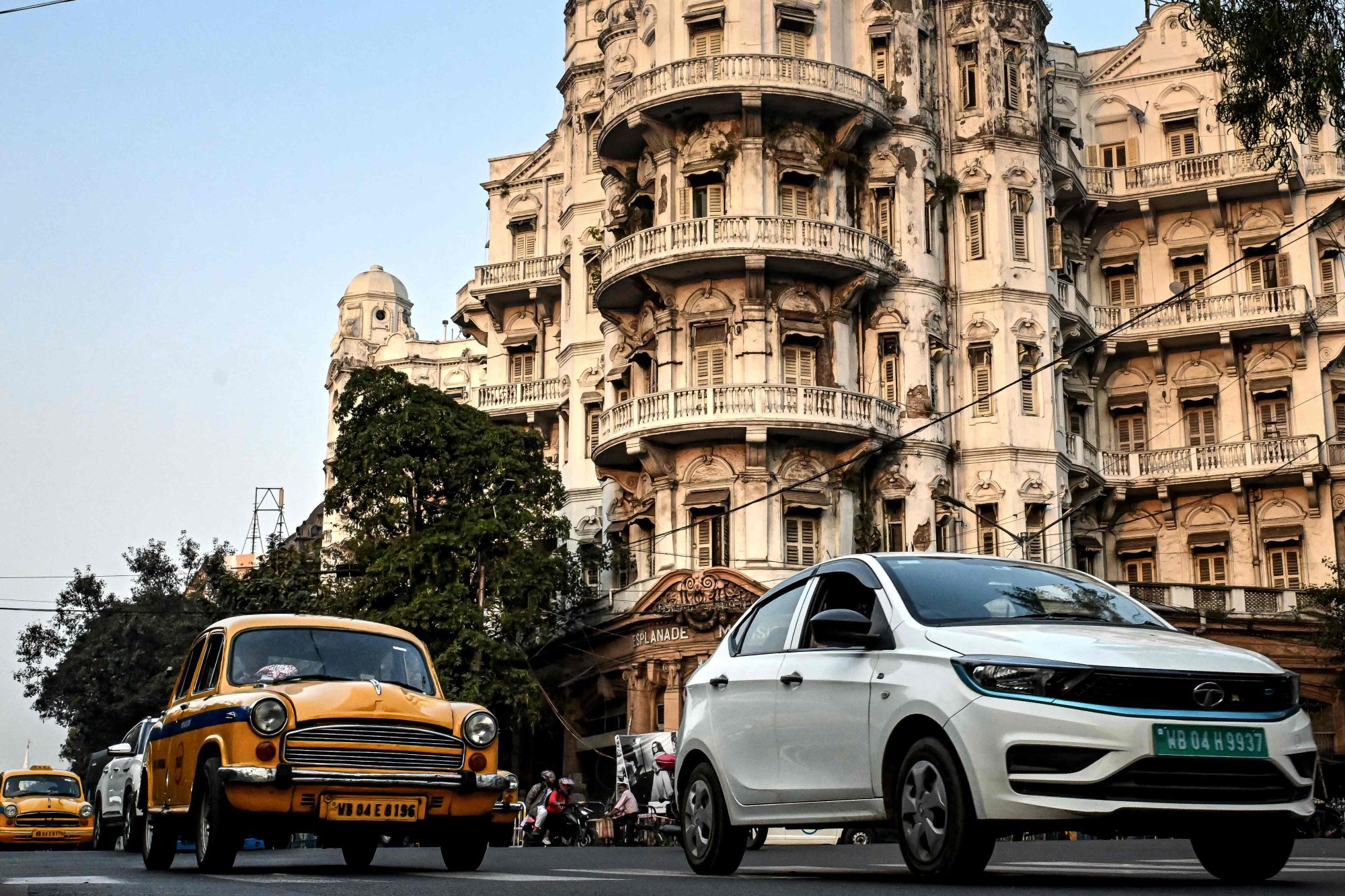
India’s EV sector faces its own uncertainties, meanwhile, as China tightens export restrictions on rare earth minerals essential for battery production. If rapprochement gathers pace, some of these hurdles could ease. Analysts say areas such as renewables and related tech are ripe for collaboration, provided security concerns are addressed.
“There is a constant tussle in the domestic Indian industry, where Indian solar manufacturers want more tariffs on Chinese products whereas solar users want more liberal imports from China,” Palit said. “If you want more and more solar panels to be easily available, then you must accept that there is not enough domestic capacity and you must import.”
The same is true for other sectors. A productivity-linked incentive scheme launched by the Indian government five years ago has buoyed smartphone production, but the country remains reliant on Chinese imports for many components. “Maybe, over the long term, [import] dependencies might reduce. But reducing dependency in sectors such as fertilisers, drugs and machinery does not happen overnight,” Palit said. “You have to import from somewhere and China is the most competitive.”
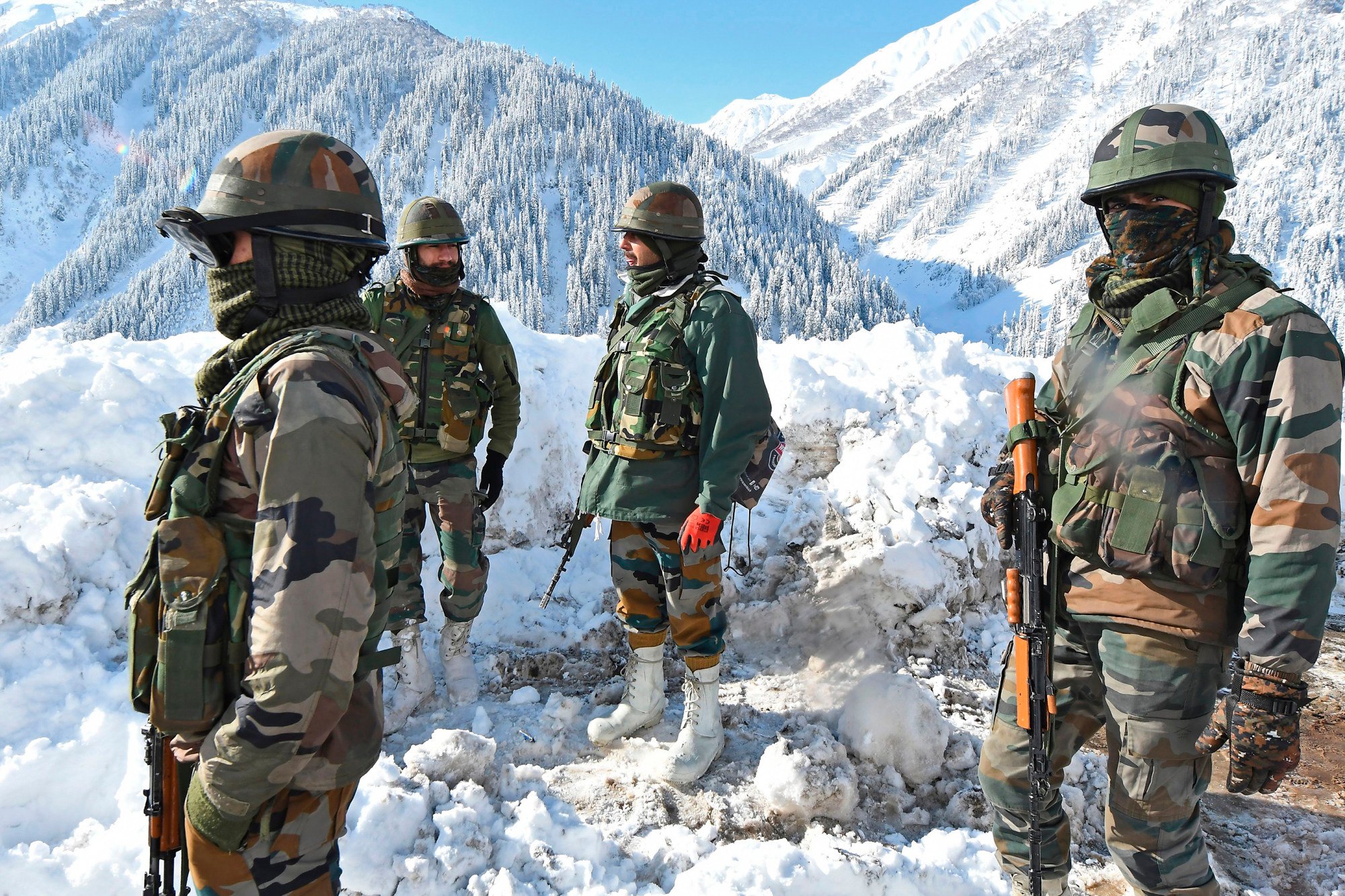
Shared challenges, divergent interests
Other analysts have called for concrete action that goes beyond symbolic gestures like the recent efforts to facilitate cross-border movement of people.
“While they [the easing of border restrictions] offer diplomatic warmth and facilitate people-to-people contact, their long-term value depends on resolving deeper strategic mistrust,” said Nanda Kishor M.S., a senior adviser at the Indic Researchers Forum think tank and head of politics and international studies at Pondicherry University.
The recent India-Pakistan clashes only further muddied the waters. “The deployment of Chinese-made weaponry by Pakistan in its conflict with India underscores Beijing’s strategic alignment, complicating prospects for normalising India-China trade. Economic engagement cannot be delinked from national security concerns,” Kishor said.
Meanwhile, China’s construction of a mega dam on the Yarlung Tsangpo River, which becomes the Brahmaputra upon reaching India, has stoked anxieties in Delhi about water security.
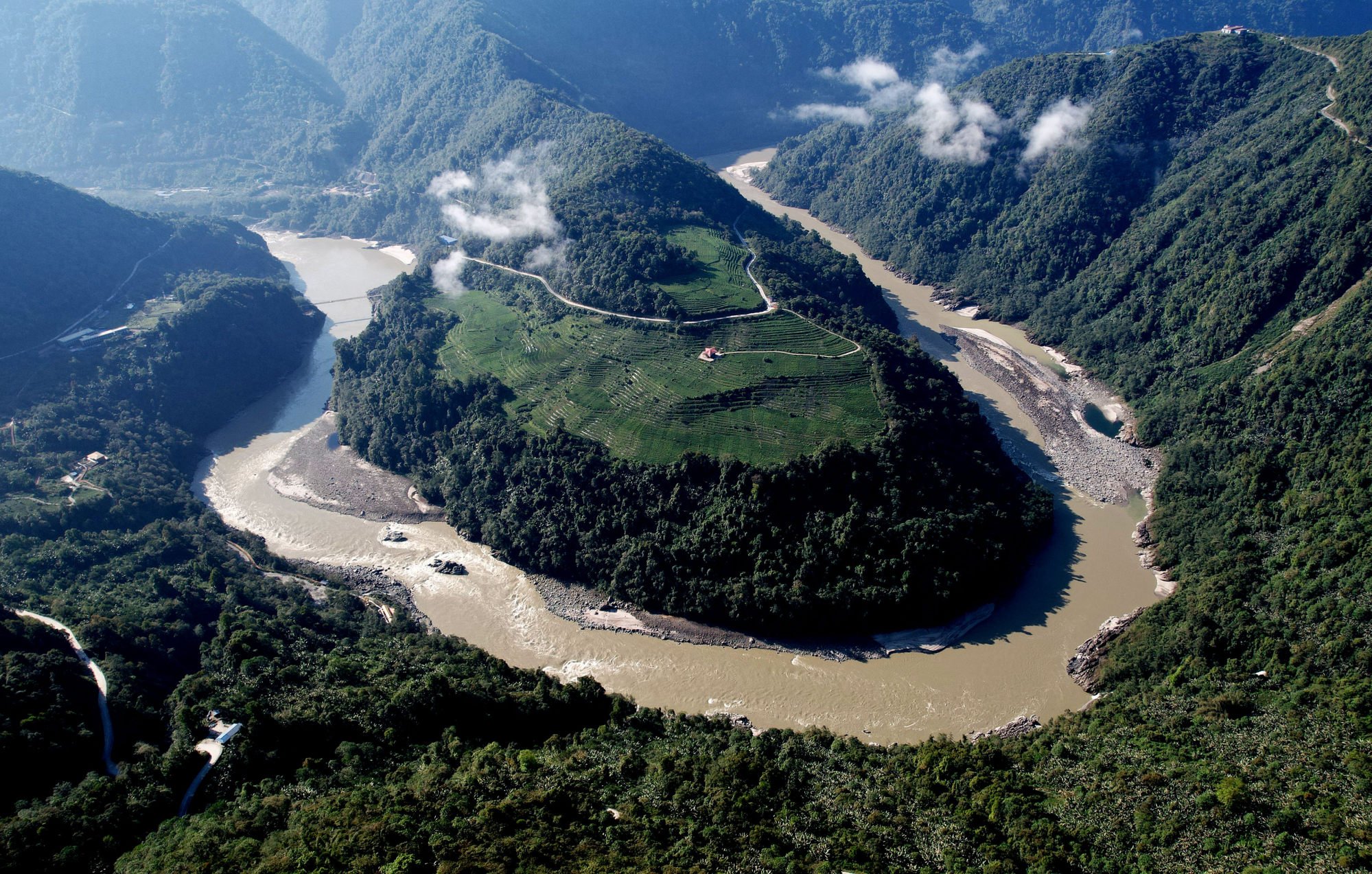
Still, both countries saw value in amplifying the Global South’s voice on issues such as climate justice and equitable development, Kishor said – though bilateral tensions and regional rivalries had hampered their cooperation at global forums.
In India, some of the harsher anti-China rhetoric that had been common in the immediate aftermath of the Galwan Valley clash had now died down, Dhar told This Week in Asia. Public discourse, once dominated by calls for boycotts, had gradually softened.
“With the diplomatic ties between the two countries almost coming to normal, this could be an opportunity,” he said.
Dominic Rohner, an economics professor at the Geneva Graduate Institute and co-director of its Hoffmann Centre for Global Sustainability, said that the motivation for rapprochement was obvious.
“There are clear incentives to increase bilateral ties, yielding both economic and political benefits,” he said. “While it is difficult to forecast what will happen, it is in these countries’ interest to foster trade ties.”
“In the current unstable environment building an extensive and robust network of trade ties is in many countries’ interests,” said Rohner, whose book The Peace Formula argues that trade can be a powerful bulwark against conflict. “The opportunity cost of attacking some country is much higher when it is a major trade partner.”
Singapore-based researcher Palit agreed. “This relationship will take time to change,” he said. “[But] there is an economic rationale to this.”